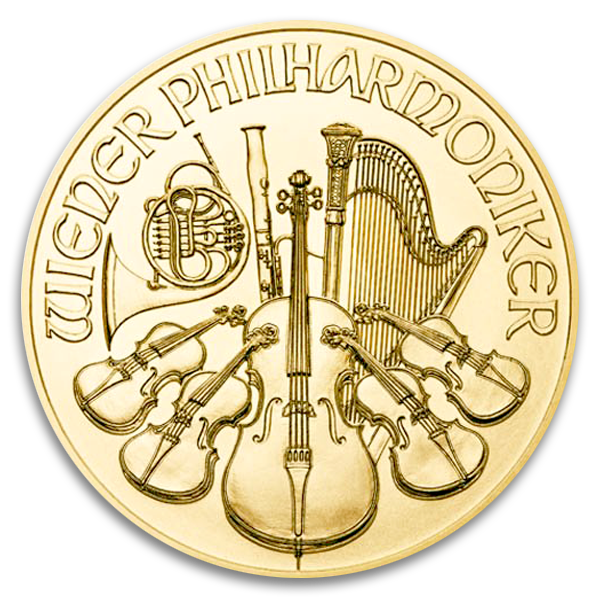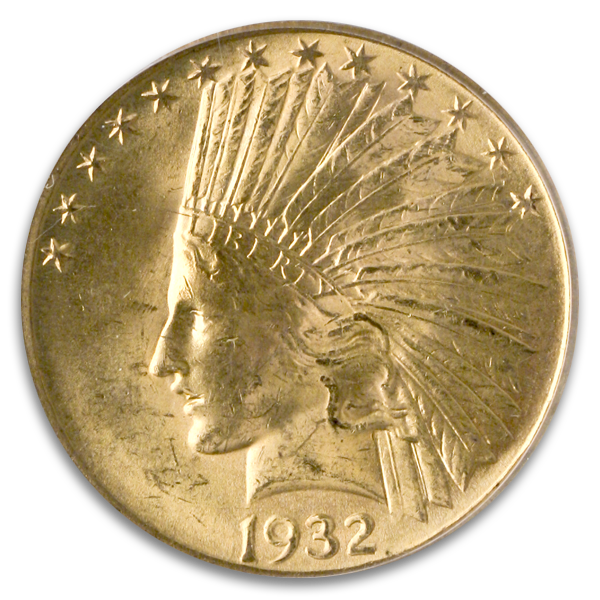$10 Liberty Certified MS62 (Dates/Types Vary)
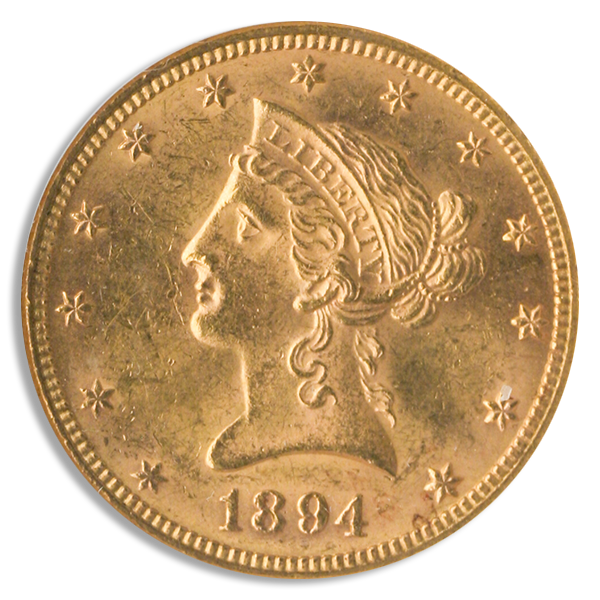
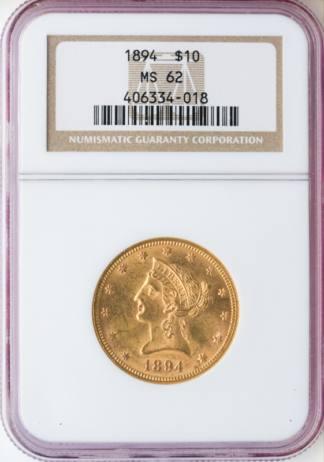
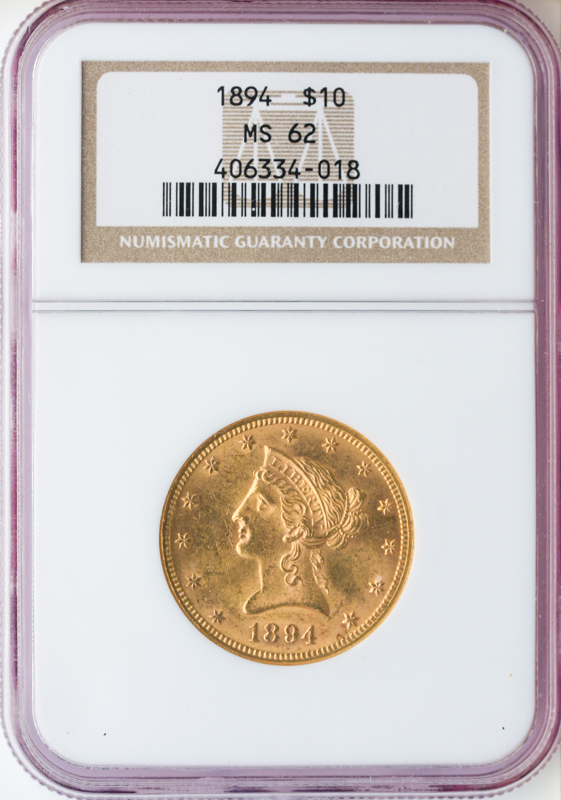
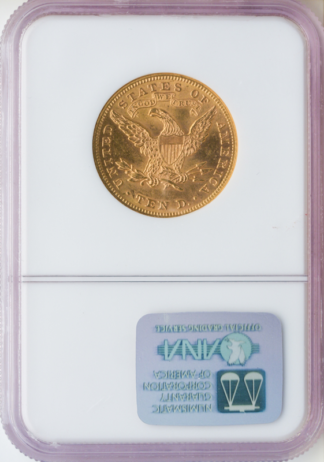
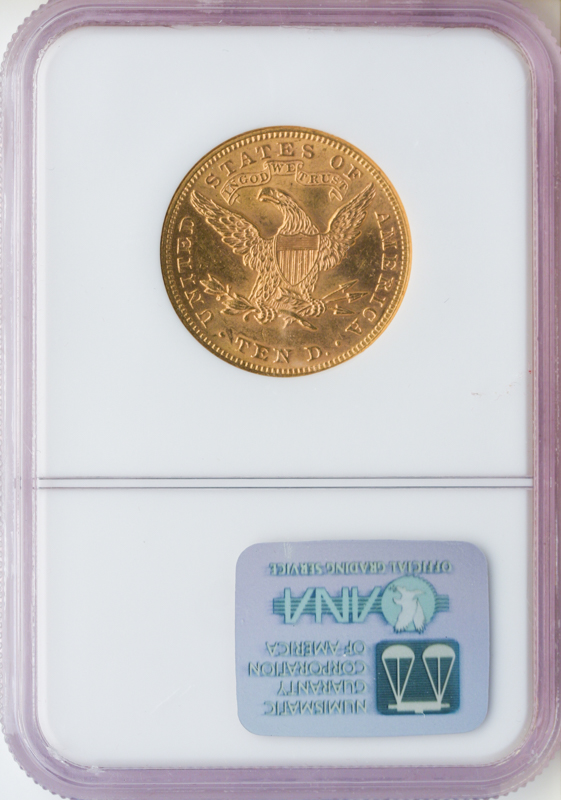
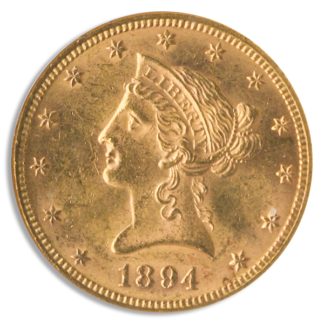

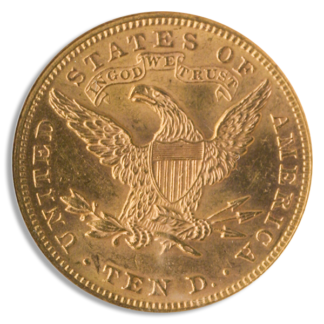
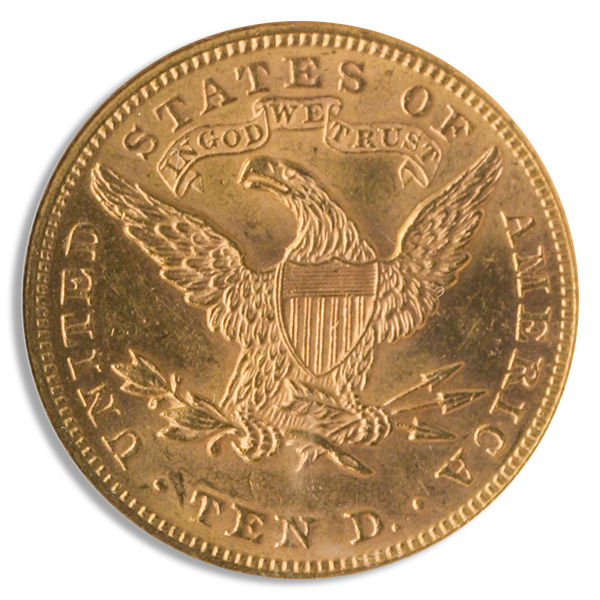
| The $10 Liberty Head Eagle gold coin occupies a significant place in American numismatic history. First minted in 1838, this coin emerged during a period of economic turbulence marked by fluctuating gold prices and shifting monetary policies. In 1804, President Thomas Jefferson halted the production of eagles due to a gold shortage and an unfavorable silver-to-gold ratio. This pause lasted until 1838 when Congress revised the content and purity of U.S. gold coins, allowing them to re-enter circulation. Upon reintroduction of eagles, the $10 Liberty Head Eagle faced limited demand. The economic downturn of the Jacksonian era and the coin's high value made it impractical for everyday transactions. Consequently, mintages remained low, and these coins were not widely circulated. However, production of the Liberty Head Eagle increased over time, with coins minted at several mints, including Philadelphia, New Orleans, and San Francisco. Between 1838 and 1866, approximately 5.3 million business strikes and 400 proofs were produced. However, many were melted down during the widespread meltings of the 1930s, making high-grade specimens rare today. Collectors often seek specific mint marks or high-grade pieces, with complete sets being extremely challenging to assemble. Created by Christian Gobrecht, the coin’s design draws inspiration from Benjamin West’s painting "Omnia Vincit Amor" (Love Conquers All). It features a left-facing Liberty adorned with a coronet inscribed with "LIBERTY." Her hair is tied back with curls cascading down, surrounded by thirteen stars, and the minting year is prominently displayed below. The reverse side depicts an eagle clutching an olive branch and arrows, encircled by the inscriptions "UNITED STATES OF AMERICA" and "TEN D." As an MS62 graded coin, this specimen is on the affordable end of uncirculated and would make a fine piece for a collector of American classics. |
Comparison Chart






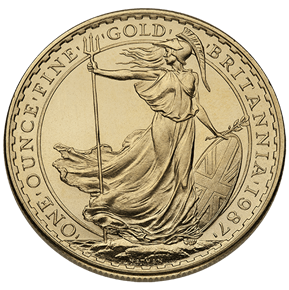
 Quick View
Quick View